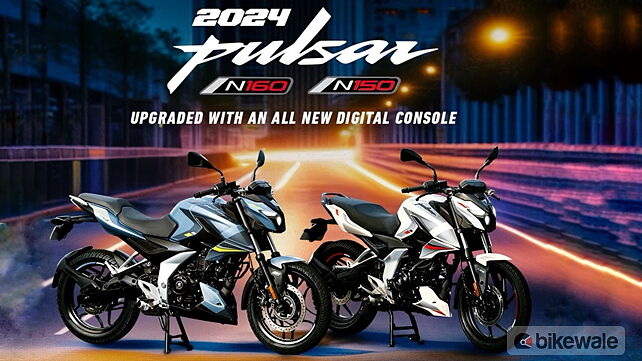
Bajaj Auto has launched the 2024 Pulsar N150 in India, alongside the Pulsar N160. Both motorcycles get additional features and new graphics to make it up to date with the competition. In this article, let’s take a look at the top five highlights of the Bajaj Pulsar N150.
New Features
As a part of the model year update, the Pulsar N150 gets a new fully digital, negative-LCD instrument cluster, which also features Bluetooth connectivity. It also benefits from the Bajaj Ride Connect App which provides a lot of information to the rider.

Riders can view incoming call and message notifications, accept or reject calls, or check the phone’s battery status and mobile signal strength. Besides the rider information, the display also shows information like gear position indicator, instantaneous and average fuel consumption, and distance to empty.
Design
Although the new N150 features similar styling, the overall design is quite sporty and likeable. It features a bikini fairing with a projector headlamp, muscular fuel tank, sleek tail section and a one-piece seat. While the design is carried over, it does get new graphics and decals that help it look fresh and relevant in the segment. The motorcycle is available in two colour options – Ebony Black and Pearl Metallic White.
Features and Competition

In terms of equipment, the 2024 Bajaj gets a Bi-LED projector headlight, LED taillight, and LED indicators. Other features include a fully digital console, Bluetooth connectivity, a ride connect app, and more. As for competition, the Pulsar N150 will rival the Yamaha FZ S FI and the Suzuki Gixxer.
Powertrain
The 2024 Bajaj Pulsar N150 draws power from a 149.68cc, single-cylinder motor that pumps out 15.68bhp at 8,750rpm and 14.65Nm of peak torque at 6,750rpm. The engine is paired with a five-speed gearbox.
Hardware
Mechanically, the new Pulsar N150 continues to be underpinned by a tubular steel frame that is suspended on 31mm telescopic forks at the front and a preload adjustable monoshock at the back. It rides on 17-inch alloys at both ends that are wrapped on a 90/90 17 front tyre and a 120/80 17 rear tyre. Braking duties are carried out by a 260mm disc up front and a 230mm rear disc.

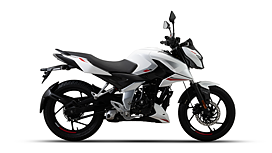
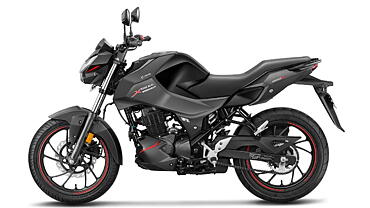
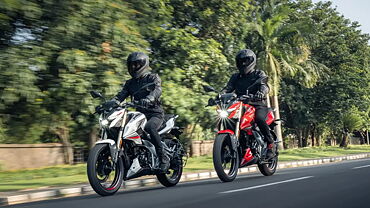
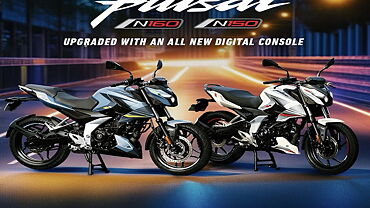
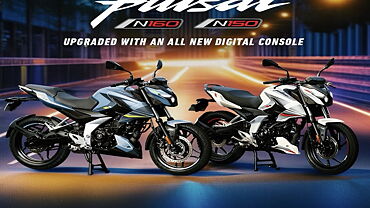
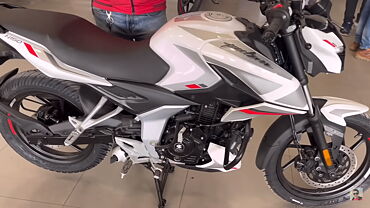

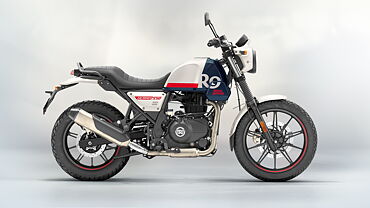
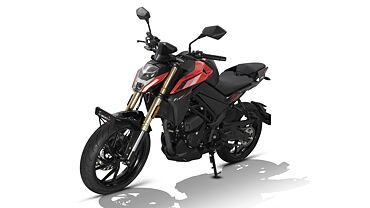

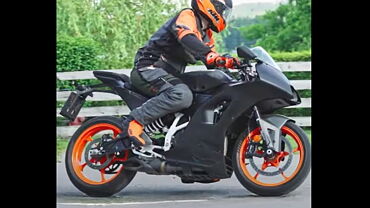
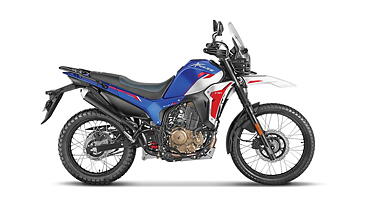
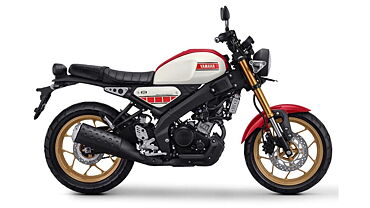
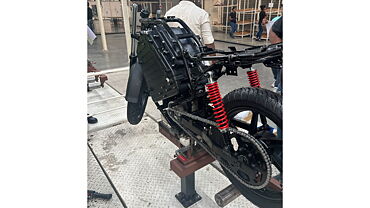
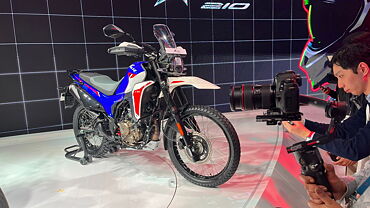

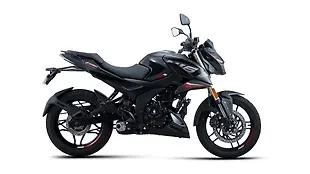
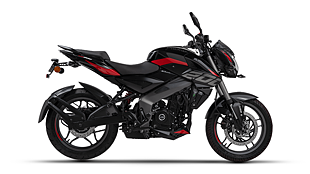
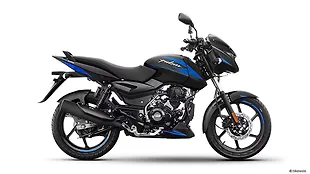





![KTM 390 Adventure X [2025] KTM 390 Adventure X [2025]](https://imgd.aeplcdn.com/272x153/n/cw/ec/190885/390-adventure-x-2025-right-side-view.jpeg?isig=0&q=80)